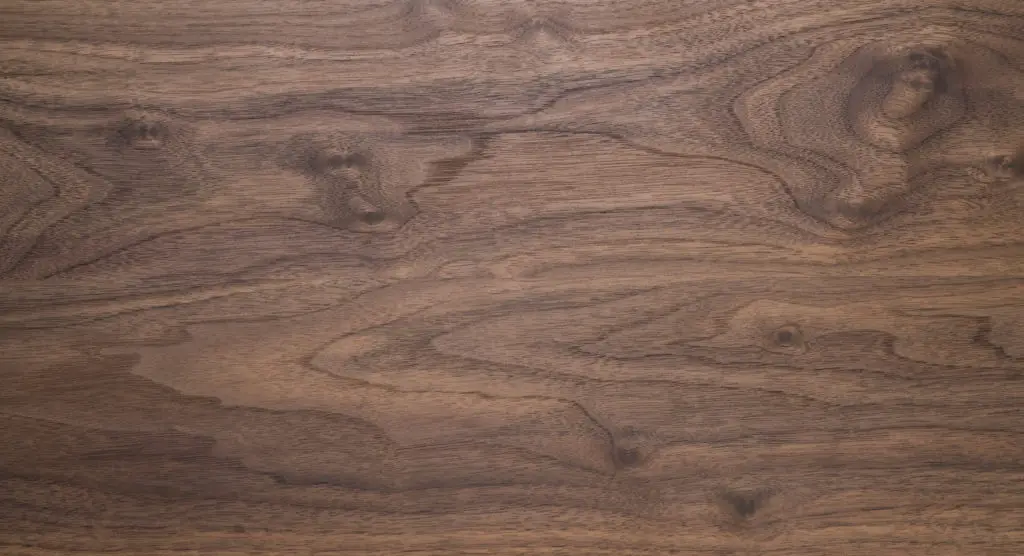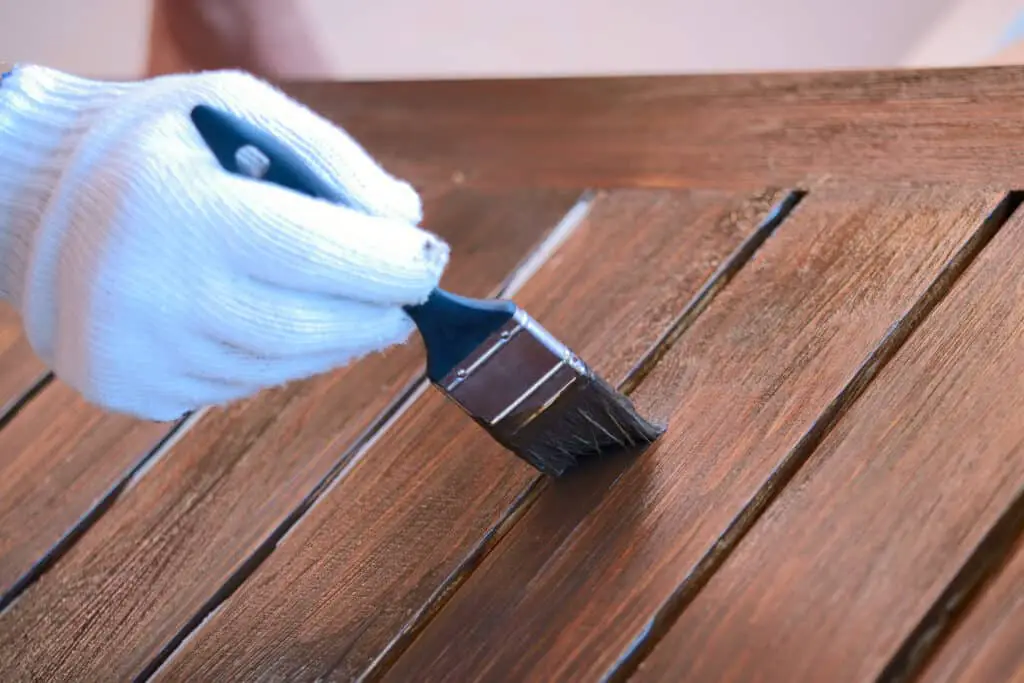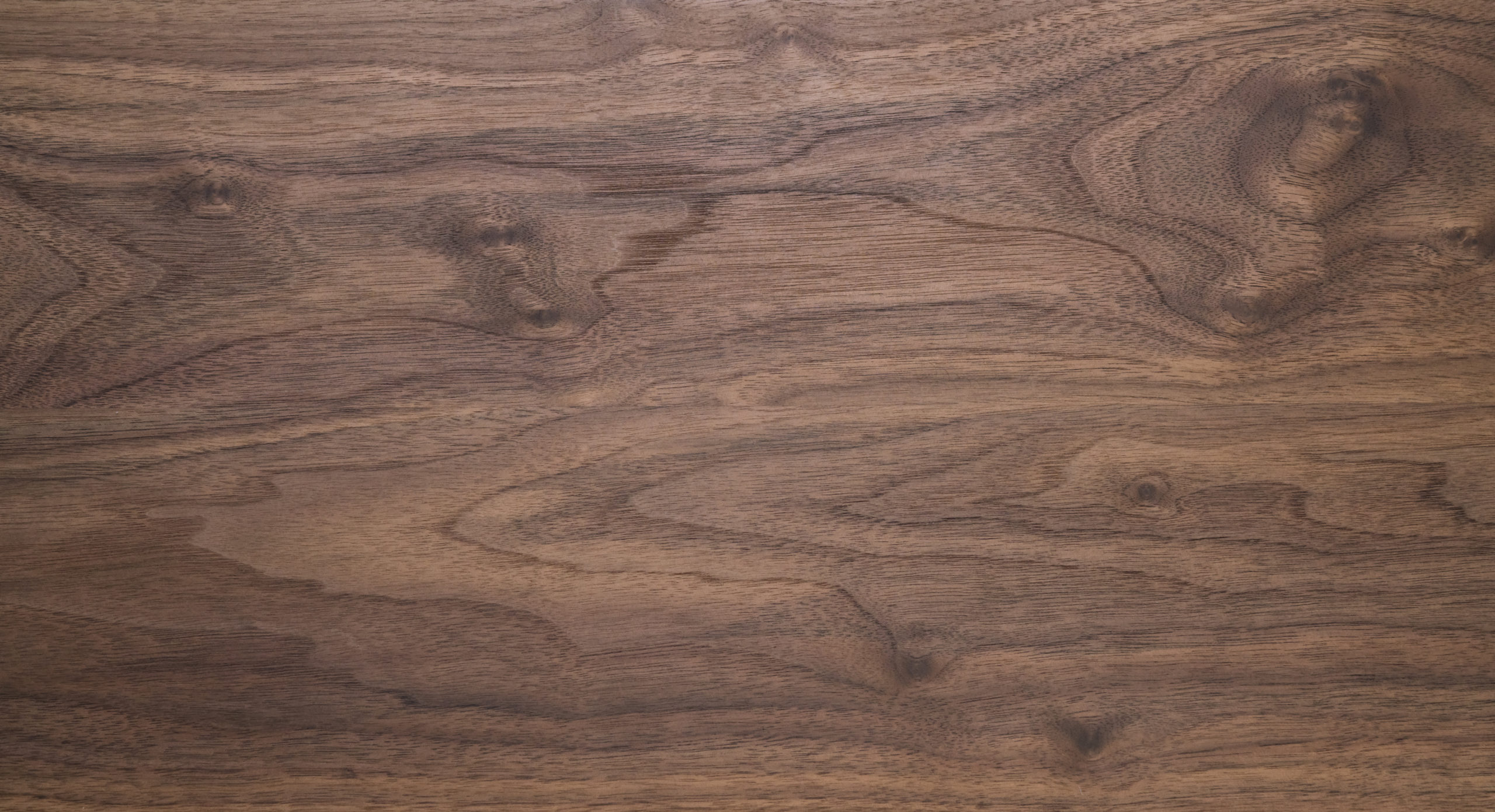
Walnut wood has 21 different species and comes in an assortment of colors ranging from a blondish yellow to a deep chocolate brown color. In fact, even the outer layer of the tree, known as the sapwood, can vary in color from the center of the tree, known as the heartwood. Due to the many species and the different elements, there are several reasons why walnut wood changes color.
Walnut wood can change color depending on the way it’s dried or its age. The heartwood usually is a dark brown color and the sapwood is a light yellow color. When the wood is left out in the elements, such as the sun, the lighter wood will turn darker and the darker wood will turn lighter.
There are a few other factors that may change the appearance of walnut wood, and a lot of it depends on man-made purposes, although the color change isn’t always dramatic. There are also many other species of walnut that vary in color.
You would be surprised how often this question comes up. We are very lucky to have a couple Master Woodworkers in our workshops who have used every type of wood imaginable on Cucamonga Woodworking. You can watch our past workshops on YouTube here(Link to Cucamonga Woodworking)
Walnut Wood Details
Walnut wood is a very sturdy species that is popular in woodworking. Generally speaking, the wood is known to have a dense, straight grain with a few curves here and there. It is known as a hardwood, not just because of its sturdy, tight grain, but also because of its origin from a dicot tree.
Walnut is an iconic wood choice in North America since it is the only tree that has a naturally occurring dark color. The most abundant walnut tree in the US is the Black Walnut. Even though the Black Walnut is known for its deep chocolate color, its heartwood can also be a pale yellow color.
Although the Black Walnut tree is the most commonly occurring walnut species in the US, there are many other walnut woods throughout the world. In fact, the 21 varying species of walnut wood have their own color schemes depending on their sapwood and its heartwood.
| Black Walnut | English Walnut | White Walnut | Bastogne Walnut | Peruvian Walnut | Claro Walnut | |
| Heartwood Color | Light yellow to dark brown | Pale brown to dark brown | Light brown | Light golden yellow to reddish-brown | Dark brown to purplish | Pale brown to dark brown |
| Sapwood Color | White-yellow gray | White | White | Yellowish | Light to cream | Clear to white |
Although there are only 6 walnut species mentioned in the table above, it is clear that there are a variety of different colors depending on the species, heartwood, and sapwood. The wood grains can also vary in color, making each tree variety very unique.
Some of the walnut wood species vary in “hardness,” with the white walnut species being more prone to rotting and insect infestations due to its large pores and less dense grain.

Natural and Man-Made Processes
The reason that walnut wood changes color depends on the natural elements or a variety of man-made alterations. Common tree species in the US age, such as cherry, pine, and maple, are more prone to getting darker over time. This is not the case with walnut. When exposed to UV rays, the wood gets lighter over time and a honey color starts to show through the grains.
To stop this process, woodworkers may place an oil finish on the wood to try and maintain its original color. However, this takes quite a bit of maintenance and requires an oil finish frequently.
Putting a clear varnish on the wood takes a lot less maintenance than an oil finish, but unfortunately, such a coating will not stop the color changing from occurring.
Woodworkers need to be wary about the drying process that they use for walnut wood if they would like the color to stay true to its origin. Two different drying processes can change the color of the wood.
A steam dryer can even out the color of sapwood and heartwood, but it can also make the wood appear grayer. With a kiln drying system, it makes the wood appear duller and more of a flat color. Fortunately, due to the large pores in walnut wood, it air dries quickly in comparison to other wood species.
When these man-made altercations are avoided, walnut wood can stay true to its original color. Of course, as walnut ages, it becomes lighter, but the color change is not too dramatic. Like mentioned before, using an oil finish can stop the aging and color-changing process.
True Walnut vs. Other Wood Species
Walnut wood is rated as one of the hardest woods in comparison to other North American hardwoods according to the Janka hardness test. This is also why walnut is known to be more expensive than pine or maple.
When looking for true walnut in furniture, instruments, etc. it’s not enough to look at the label. Sometimes manufacturers will categorize their products as walnut, even if it is a cheaper type of wood that has been stained to look like walnut.
To decipher between true walnut and other wood species, one should take a look at the wood grain and the different panels. If the wood grain looks straight and lacks curls, then it most likely is a type of walnut wood.
When looking at several walnut panels, a variety of colors is a good thing because walnut normally has variations of dark and light colors. If the panels are an even color, they are most likely stained to mimic the color of walnut. Having an even color doesn’t necessarily mean that the wood doesn’t derive from walnut, but it is a factor to be wary of.

Stain
When working with walnut, it can be frustrating if the board includes both the heartwood and sapwood because it can cause the wood to look like it’s two different colors. To combat this variety of colors, it is possible to lightly stain the sapwood to try and match the heartwood.
Having a variety of colors does give the wood a more authentic walnut look, but does not always look aesthetically pleasing when building furniture or creating an instrument. To make the color more even, a diluted stain can be added to the wood. It is also possible to find a stain that is UV resistant so that the wood doesn’t change color over time.
Then, spray the wood with a sealer or shellac so that an oil-based stain can easily adhere to the wood. Once the stain of the wood is achieved, a clear varnish can be coated on the finished piece. The lacquer or clear stain could change the color of the wood, so be sure to use a few test strips to ensure that the color of the walnut wood doesn’t change.

